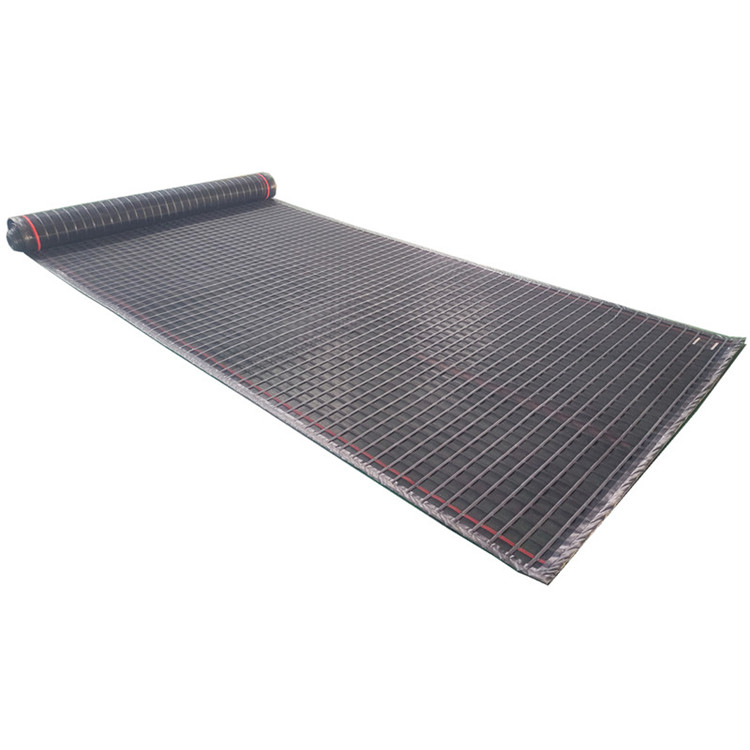close
Choose Your Site
Global
Social Media
Views: 0 Author: Site Editor Publish Time: 2024-02-23 Origin: Site








Scaffold netting is an essential component in the construction industry, providing numerous benefits and ensuring the safety of workers on scaffolding structures. This article explores the concept of scaffold netting, shedding light on its significance and the different types available in the market.
Scaffold netting is an essential component in the construction industry, providing numerous benefits to both workers and the overall project. This versatile material is designed to enhance safety and productivity on construction sites, making it an indispensable tool for any construction project.
One of the primary benefits of scaffold netting is its ability to provide a protective barrier. By enclosing the scaffolding structure, it acts as a safety net, preventing debris and tools from falling and causing potential hazards to workers and pedestrians below. This not only reduces the risk of accidents but also ensures compliance with safety regulations, ultimately creating a safer work environment.
In addition to safety, scaffold netting also offers protection against adverse weather conditions. It acts as a shield, shielding workers from strong winds, rain, and excessive sunlight. This protection not only enhances worker comfort but also allows work to continue uninterrupted, regardless of the weather conditions. This is particularly crucial for projects that have strict deadlines and cannot afford delays due to inclement weather.
Furthermore, scaffold netting can improve the overall efficiency of a construction project. By providing a secure enclosure, it prevents unauthorized access to the construction site, reducing the risk of theft and vandalism. Additionally, scaffold netting can act as a visual barrier, shielding the construction site from public view. This can be beneficial for projects that require privacy or those located in sensitive areas.
From an environmental perspective, scaffold netting also has its advantages. It can help contain dust and debris generated during construction activities, preventing it from spreading to neighboring areas. This not only keeps the surrounding environment clean but also minimizes the impact on air quality, ensuring a healthier working environment for the construction crew.
Scaffold netting is an essential component in the construction industry, providing safety and protection to workers at elevated heights. It serves as a barrier, preventing tools, debris, and even people from falling off scaffolding structures. There are several types of scaffold netting available, each designed to meet specific requirements and ensure maximum safety on the job site.
One common type of scaffold netting is debris netting. This lightweight and durable netting is primarily used to contain and control debris on construction sites. It is made from high-density polyethylene material, which provides excellent strength and resistance to tearing. Debris netting is often installed vertically along the perimeter of scaffolding to catch any loose materials or objects that may fall. It not only protects workers below but also prevents debris from causing damage to nearby buildings or properties.
Another type of scaffold netting is safety netting. As the name suggests, safety netting is designed to provide a safety barrier for workers on scaffolding. It is typically made from a combination of high-strength synthetic fibers, ensuring its ability to withstand heavy loads and impact. Safety netting is installed horizontally between scaffolding levels to catch workers in the event of a fall. It acts as a safety cushion, reducing the risk of severe injuries or fatalities.
Additionally, scaffold netting can also include wind netting. This specialized netting is used in areas prone to strong winds or gusts. Wind netting helps to reduce wind velocity on scaffolding, minimizing the risk of instability or collapse. It is constructed from a mesh-like material that allows wind to pass through while providing a barrier against strong gusts. By installing wind netting, construction sites can ensure the safety of workers and prevent accidents caused by wind-related hazards.
Scaffold netting is highly beneficial in the construction industry as it enhances safety, improves efficiency, and minimizes environmental impact. Investing in high-quality scaffold netting and ensuring proper installation can create a safer and more productive work environment. Different types of scaffold netting, such as debris netting, safety netting, and wind netting, serve specific purposes and contribute to worker safety and protection at elevated heights. By utilizing scaffold netting, construction companies can reduce risks, comply with safety regulations, and promote a safer work environment for their employees.